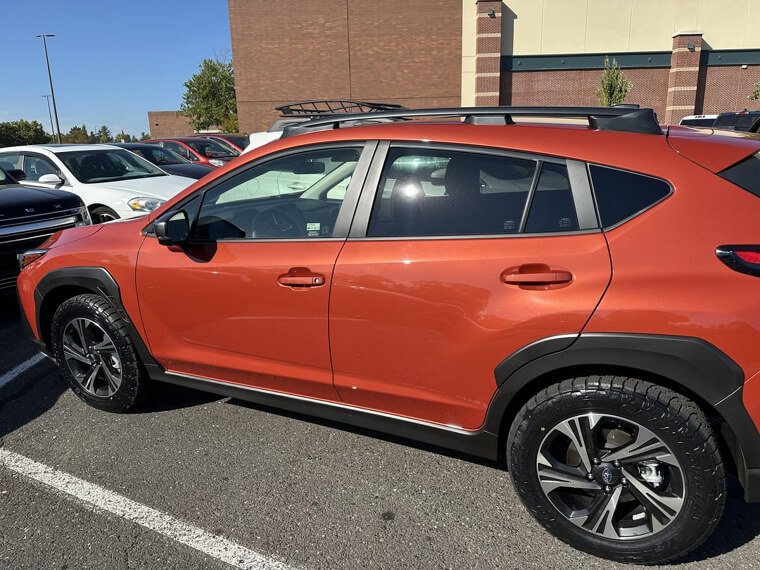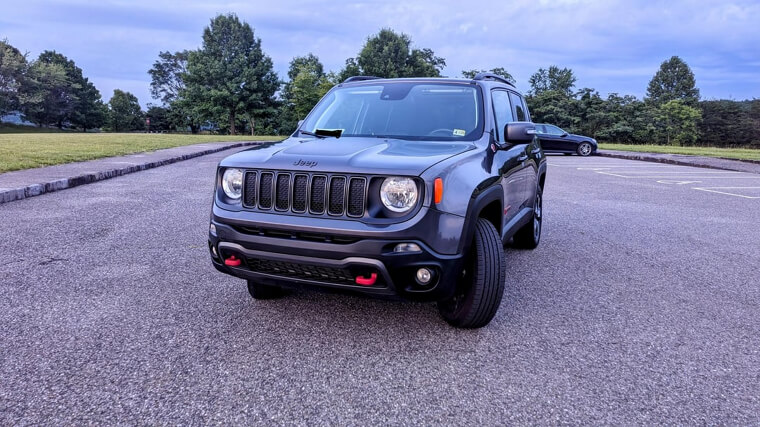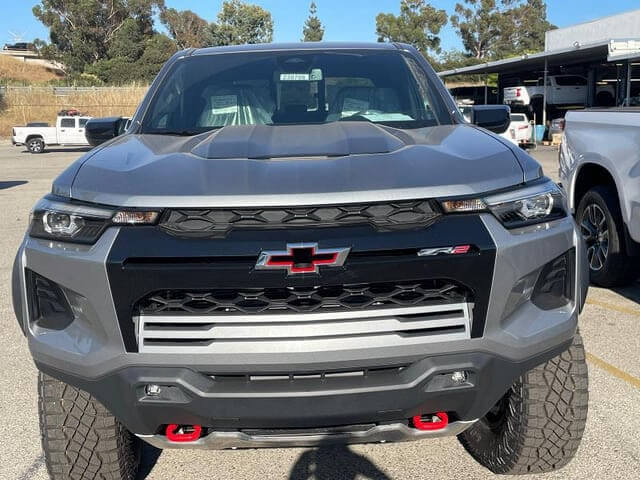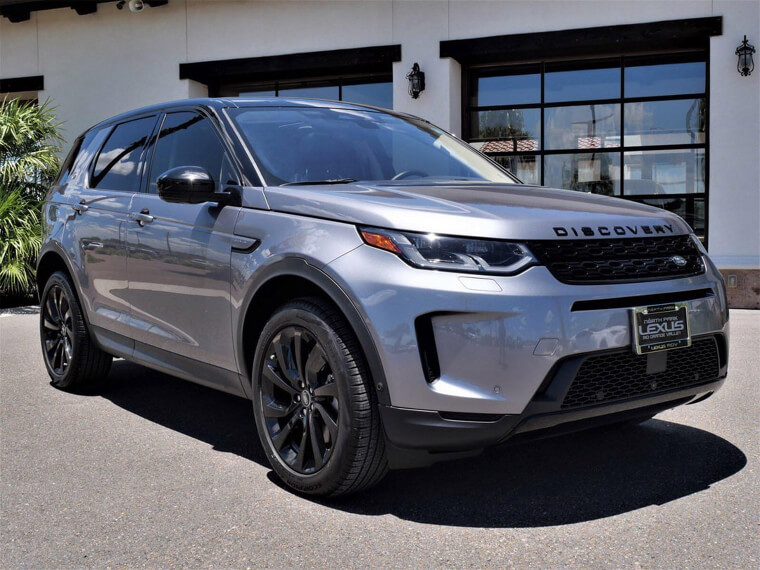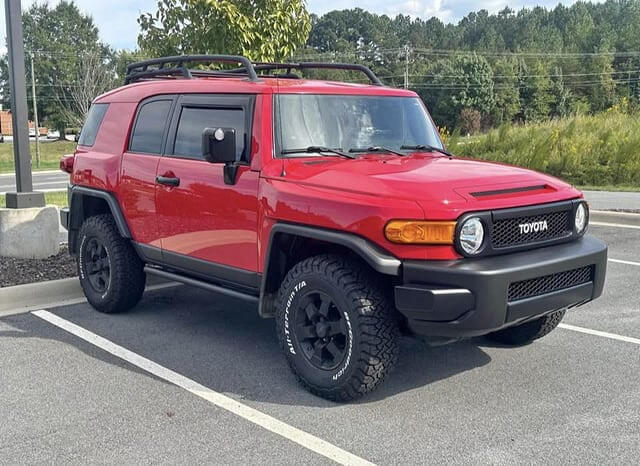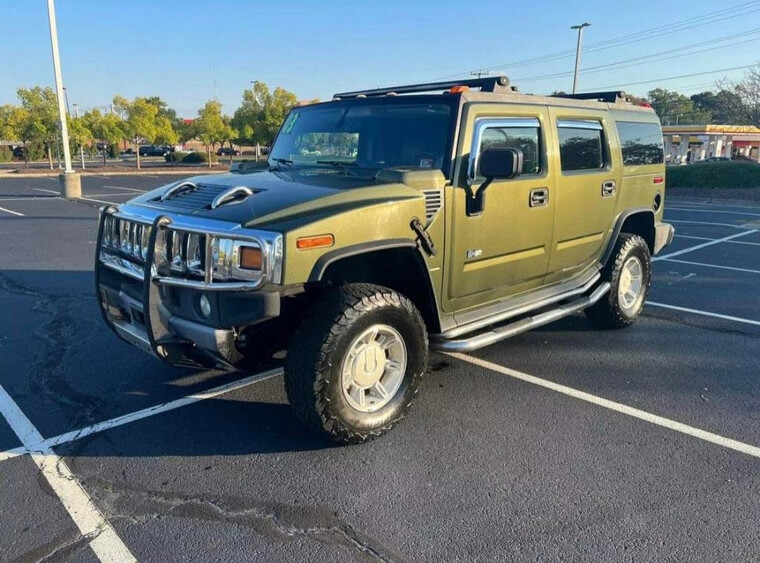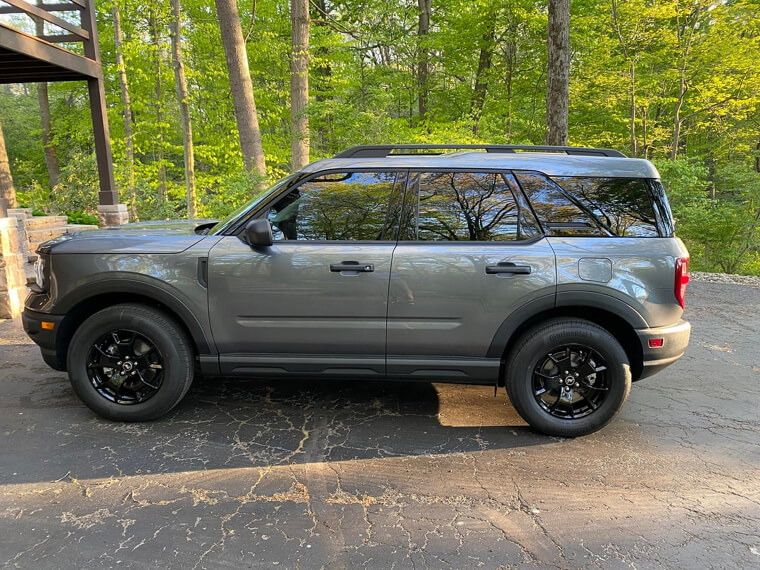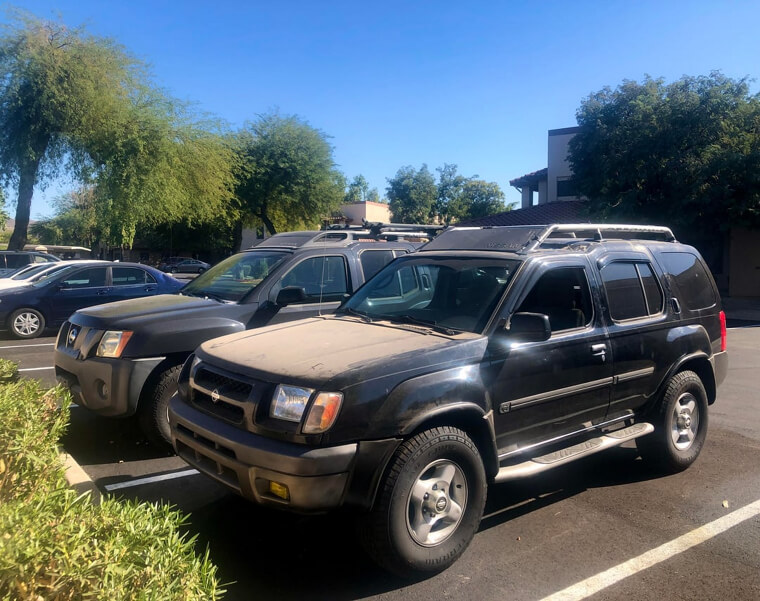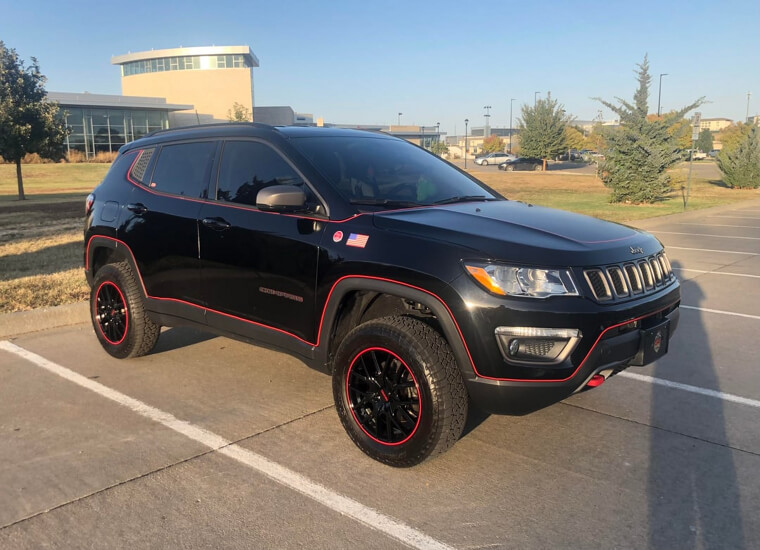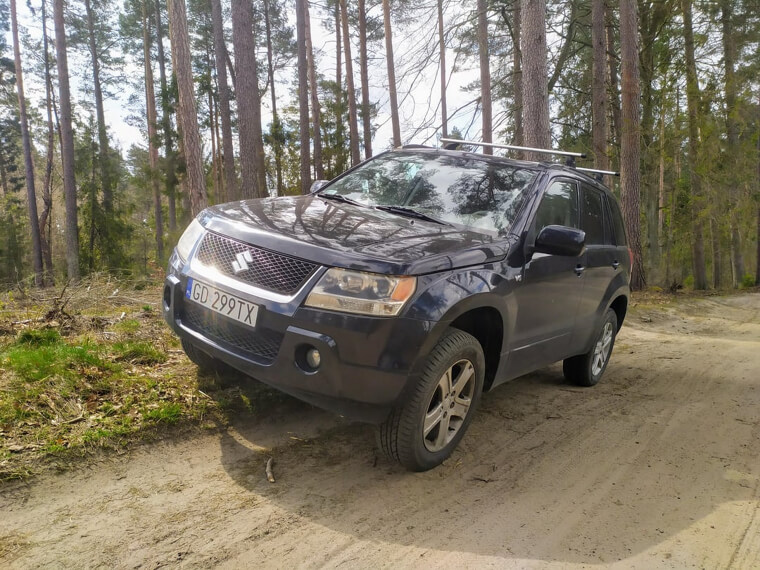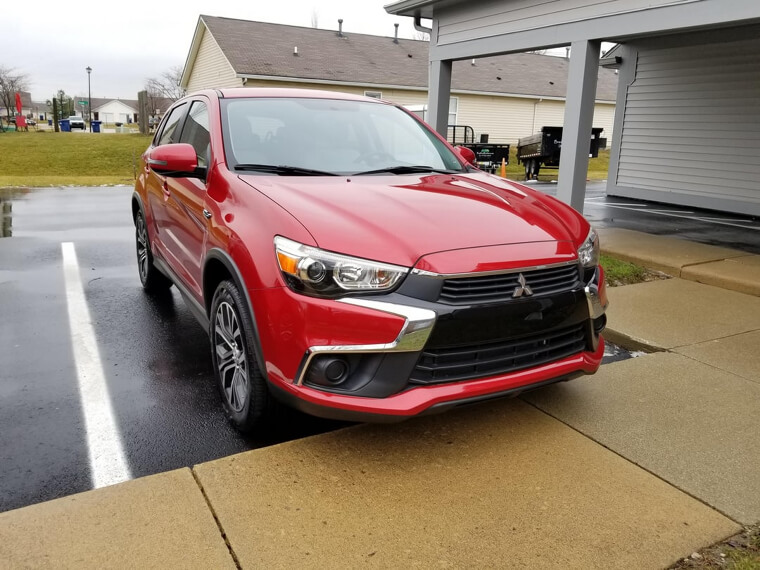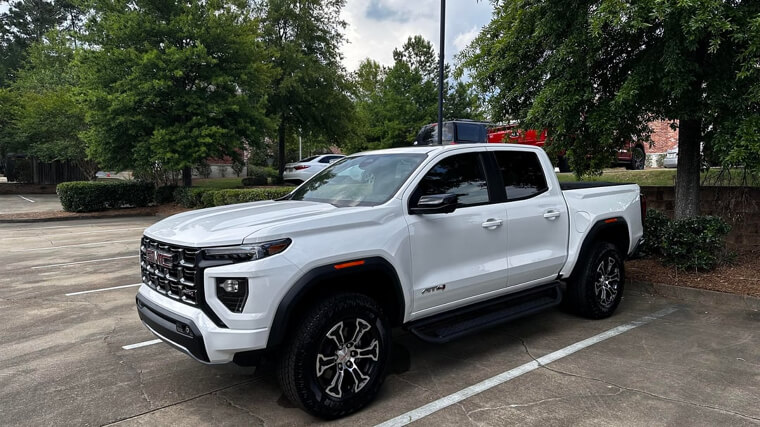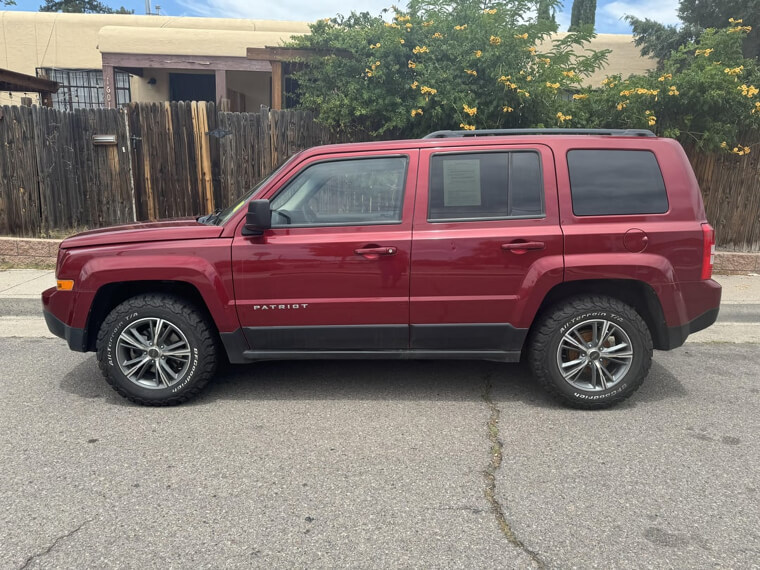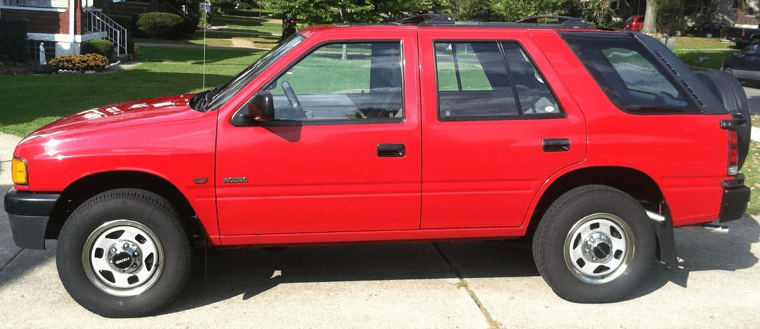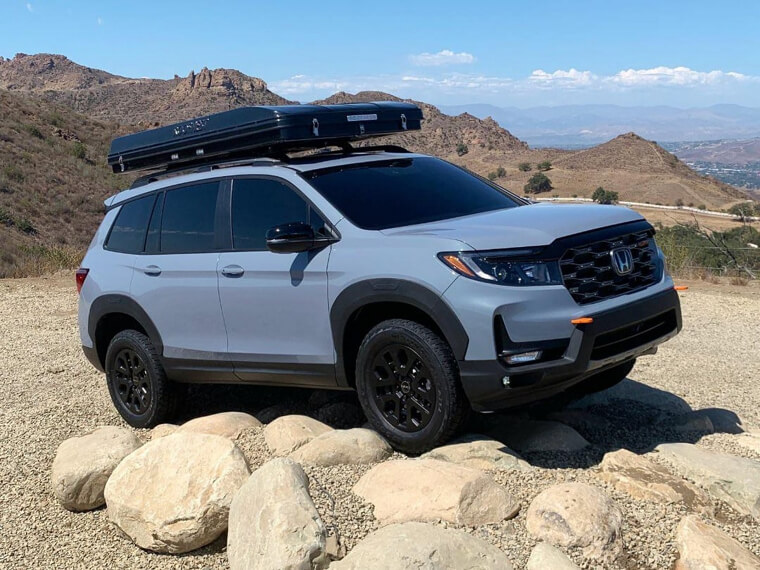Subaru Crosstrek
The Subaru Crosstrek is a favorite among drivers who love the outdoors, but its off-road ability is limited. While the standard all-wheel drive system is great for snow and gravel, the Crosstrek struggles on serious trails due to low ground clearance and modest engine power. The CVT transmission often overheats during extended off-road climbs, forcing the system into protective mode. Owners also note that the suspension bottoms out easily, especially when loaded with gear. Despite its rugged marketing, the Crosstrek is best described as an adventure-inspired commuter car. It offers good fuel economy and reliability, but it simply cannot compete with true 4x4 vehicles. Off-road enthusiasts often find themselves stuck or scraping the underbody when conditions get rough. For light forest roads, it performs adequately, but for rocky terrain or deep mud, it is out of its element. The Crosstrek remains a solid daily driver but is not worth the adventure for serious off-road use.
Jeep Renegade Trailhawk
The Jeep Renegade Trailhawk looks like a serious off-roader on paper, but its performance doesn’t live up to the image. While it carries Jeep’s trademark styling and some real capability, its small size and underpowered engine make it struggle on tougher trails. The nine-speed automatic transmission often feels confused, shifting too much and sapping power right when it’s needed most. Many owners also report reliability problems, including electrical issues and suspension wear after only a few years. The interior, while modern, doesn’t handle dirt and debris well, which defeats the purpose of an off-road vehicle. Even though it wears the Trailhawk badge, it lacks the robust drivetrain and toughness of Jeep’s larger models. For drivers expecting a true off-road companion, the Renegade Trailhawk often feels like a compact SUV in rugged clothing. It performs well enough for light gravel roads but is no match for rough terrain or demanding conditions.
Chevrolet Colorado ZR2
The Chevrolet Colorado ZR2 was marketed as an off-road beast, complete with lifted suspension, locking differentials, and aggressive styling. On the surface, it seems ready for adventure. Unfortunately, many owners have discovered that the ZR2’s real-world durability doesn’t match its promise. The ride quality can be punishing on pavement, and its advanced suspension system is expensive to repair when damaged. Several reports highlight issues with the shocks, transmission, and electronics after moderate trail use. The truck’s weight also limits agility on tight off-road paths, making it less capable than its design suggests. Fuel economy is another disappointment, often dipping below 15 miles per gallon when driven aggressively. While the Colorado ZR2 can tackle trails, the cost of ownership and maintenance can outweigh the fun. For the average driver who mixes city and off-road travel, it’s simply too rough, too costly, and too specialized to be practical as a daily vehicle.
Land Rover Discovery Sport
The Land Rover Discovery Sport carries a respected name, but it fails to deliver the rugged reliability that off-road enthusiasts expect. While it has advanced traction systems and a comfortable interior, the Discovery Sport is plagued by mechanical and electrical issues that make long-term ownership frustrating. Transmission failures, leaky sunroofs, and warning lights are common complaints. Even routine maintenance is costly, and parts availability can slow down repairs. The vehicle’s off-road settings work well on mild terrain, but real-world performance falters when faced with deep mud or rocky climbs. Owners report that even modest off-road adventures lead to expensive service visits. For a vehicle in its price range, the reliability record is disappointing. The Discovery Sport may appeal to drivers who want a luxury badge and occasional trail capability, but it is far from a dependable off-roader. Its reputation for comfort cannot make up for the headaches of keeping it running well.
Toyota FJ Cruiser
The Toyota FJ Cruiser has a loyal fan base and rugged looks, but not everyone walks away satisfied. While it performs decently off-road, visibility is a major problem, with thick pillars and small windows that make it difficult to navigate tight trails. The stiff ride and awkward interior layout can also wear on drivers during long trips. Fuel economy is another drawback, as the heavy body and large engine make it thirsty. Owners frequently mention high replacement part costs, and repairs for the older models are becoming harder to manage as the vehicles age. Despite Toyota’s reputation for reliability, the FJ Cruiser’s quirky design limits its everyday practicality. The rear seats are cramped, and getting in or out is inconvenient. For collectors, it may hold some appeal, but for most off-roaders who want comfort and consistency, the FJ Cruiser ends up being more trouble than its looks suggest.
Hummer H2
The Hummer H2 was once the ultimate symbol of off-road toughness, but reality paints a different picture. Its enormous size and weight make it difficult to maneuver on narrow trails or rocky terrain. While it can power through sand and snow, it guzzles fuel at an alarming rate, often averaging less than 10 miles per gallon. Maintenance costs are also steep, with expensive suspension and drivetrain repairs common as the vehicle ages. Despite its military-inspired styling, the H2 is more of a showpiece than a true adventurer. Its bulk limits visibility and makes tight trails intimidating. Owners often find that its comfort-oriented interior and heavy electronics fail in rough conditions. For a vehicle that promised unstoppable power, it has earned a reputation for being impractical and inefficient. The H2 is better suited for light cruising than serious off-roading, leaving many buyers regretting its cost and constant maintenance needs.
Ford Bronco Sport
The Ford Bronco Sport borrows the legendary Bronco name, but it falls short when tested against serious terrain. Based on a crossover platform rather than a body-on-frame design, it lacks the toughness of traditional off-road vehicles. While it offers clever drive modes and decent clearance, its small turbocharged engine struggles in low-traction situations. The interior feels more suited to suburban errands than dusty trails, and several owners report drivetrain noise and alignment problems after only moderate off-road use. Repair costs can also add up quickly once the warranty expires. The Bronco Sport is a good-looking and comfortable SUV, but it is far more at home in parking lots than in the wilderness. Buyers seeking the classic Bronco experience often end up disappointed. For those who want real off-road adventure, the full-size Bronco is a better investment.
Nissan Xterra (Second Generation)
The Nissan Xterra earned a reputation for being rugged, but the later models never lived up to the original’s promise. The second-generation Xterra suffers from poor fuel economy, a stiff ride, and reliability issues that turn ownership into a gamble. Common problems include transmission failures linked to radiator leaks and aging suspension components. Off-road performance is adequate, but its weight and low gearing make it clumsy on challenging terrain. Interior materials feel dated, and comfort is limited on long drives. Many used Xterras now require significant repairs, which can easily outweigh their purchase price. For buyers drawn in by nostalgia or the Xterra’s reputation, the reality often proves disappointing. It can handle light off-road use, but it lacks the refinement, efficiency, and reliability expected from a capable modern SUV.
Jeep Compass Trailhawk
The Jeep Compass Trailhawk tries to bridge the gap between city driving and off-road adventure, but it ends up failing at both. While it has increased ground clearance and traction control modes, its powertrain feels underwhelming and its build quality inconsistent. The nine-speed automatic transmission has been a long-standing complaint, often shifting erratically or hesitating during climbs. Several owners also report electrical issues and premature brake wear. Fuel economy is decent for a small SUV, but not enough to offset its sluggish performance. The Compass Trailhawk can manage dirt roads and light trails, but it is not equipped for serious off-road conditions. Its smaller size limits storage and comfort, and reliability ratings remain below average. Buyers looking for the true Jeep off-road experience are usually happier with the Wrangler or Gladiator, leaving the Compass Trailhawk as a stylish but ultimately disappointing option.
Suzuki Grand Vitara
The Suzuki Grand Vitara once offered solid value as an affordable SUV with off-road intentions, but it struggles to compete with modern vehicles. Its body-on-frame construction gives it some toughness, yet its small engine and dated design hold it back. Ride quality is rough, and highway performance feels strained. Owners report issues with rust, fuel system components, and failing transmissions. Replacement parts are harder to find since Suzuki exited the U.S. market, making repairs costly and inconvenient. While it can manage basic off-road trails, its limited power and outdated safety features make it a poor long-term choice. The Grand Vitara’s affordability once made it appealing, but in today’s market, it feels like a relic of a different era. For drivers seeking reliability and adventure, newer options from Toyota or Subaru deliver a much better balance.
Mitsubishi Outlander Sport
The Mitsubishi Outlander Sport may look adventurous, but it lacks the capability to back up its appearance. Its low ground clearance, weak engine options, and basic all-wheel drive system make it poorly suited for serious off-road travel. Owners often describe it as underpowered and prone to transmission issues, especially in older models. The cabin feels inexpensive, with thin materials that don’t hold up to rough use. Fuel economy is good, but that is one of its few strengths. Even mild off-road use tends to cause rattles and squeaks over time. While it is affordable and easy to maintain, the Outlander Sport simply cannot handle rugged conditions. It’s fine for gravel roads or light snow, but not for adventure seekers. Many buyers end up trading it in early, realizing it’s more of a commuter crossover than a real off-road vehicle.
GMC Canyon AT4
The GMC Canyon AT4 is marketed as a rugged midsize pickup with off-road credentials, but in reality, it feels more like a styling package than a true adventure machine. It looks the part with skid plates and all-terrain tires, yet it lacks the durability and capability of more established off-road trucks. The suspension tuning leans toward comfort, which compromises handling on rocky trails. The automatic transmission can hesitate when downshifting on steep grades, and the steering feels overly light for serious terrain. Owners also report problems with the infotainment system and premature wear on drivetrain components. The AT4’s higher price tag adds to the disappointment since it costs nearly as much as trucks that perform better off the pavement. While the Canyon AT4 performs well enough for casual dirt roads, it cannot handle prolonged rugged use. For buyers seeking a balance between comfort and capability, competitors like the Toyota Tacoma TRD Pro or Ford Ranger Tremor deliver better results without the same reliability concerns.
Jeep Patriot
The Jeep Patriot carries the Jeep badge but not the capability that name suggests. Built on a car-like platform, it lacks the frame strength and power needed for difficult off-road terrain. Even the Trail Rated versions struggle with traction and clearance issues. The continuously variable transmission is another weak point, often overheating or slipping under heavy load. Owners report frequent electrical problems, poor build quality, and uncomfortable road manners. While it looks ready for adventure, the Patriot feels outdated and underpowered compared to modern SUVs. Its low resale value and high maintenance costs make it a poor choice for those who plan to use it heavily off-road. For the price, used buyers can find far more capable vehicles such as the older Jeep Liberty or Toyota 4Runner. The Patriot’s styling may appeal to some, but its off-road ability never matched its image. It remains one of the least capable vehicles to ever wear the Jeep name.
Isuzu Rodeo
The Isuzu Rodeo once earned a following for affordability and basic toughness, but age has not been kind to it. Many surviving examples suffer from severe rust, especially in the frame and suspension mounts. Mechanical reliability is inconsistent, and parts availability has become a major problem since Isuzu left the U.S. market. The Rodeo’s off-road ability is modest at best, limited by a rough ride and lack of modern traction systems. Its V6 engine delivers decent power, but the transmission and braking systems often feel unrefined. On rough terrain, the suspension tends to bounce excessively, making it hard to control. Even well-maintained Rodeos require regular attention to keep them running properly. For budget-minded off-roaders, the Rodeo may look appealing, but it quickly reveals its limitations. What was once a dependable SUV for the price now feels outdated and fragile, leaving owners disappointed after just a few hard trips off the pavement.
Honda Passport
The Honda Passport promises adventure but feels more like a family SUV in hiking boots. It features a strong V6 engine and smooth ride on pavement, yet its off-road performance is limited by low ground clearance and a lack of true four-wheel-drive hardware. The all-wheel-drive system works well for snow or gravel but quickly loses traction in mud or sand. The Passport’s tires and suspension are tuned for comfort, not trail toughness. Owners also mention that its underbody protection is minimal, leaving key components exposed to damage. While reliability and comfort are strengths, the Passport is far from an off-road contender. It excels at weekend getaways but falters on rocky paths or steep inclines. For buyers expecting adventure-ready performance, it delivers more style than substance. In the end, the Passport is a fine road trip vehicle but not one that stands up to the challenges of true off-road exploration.

